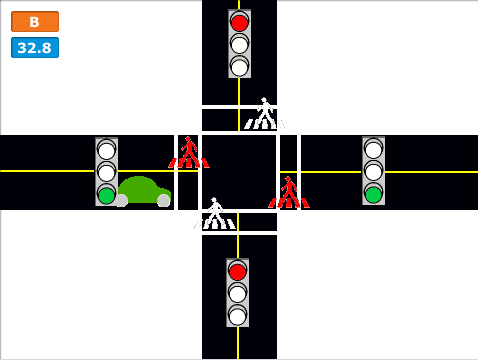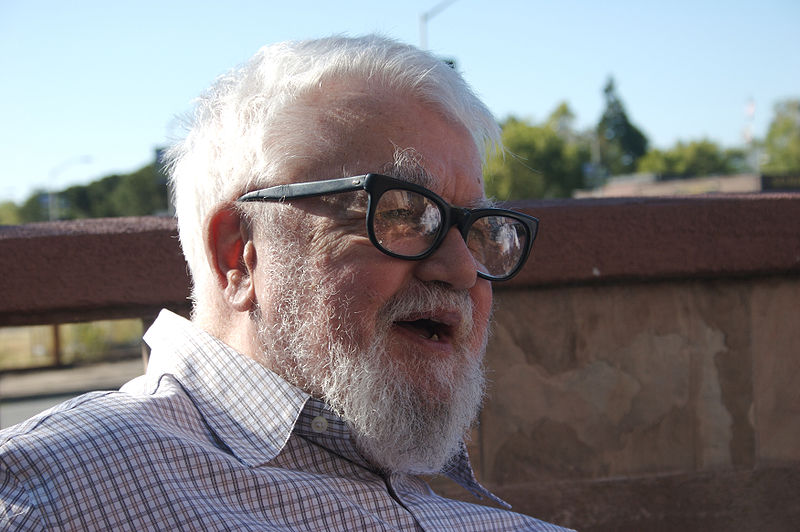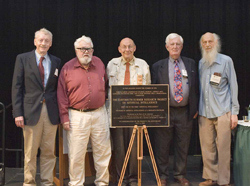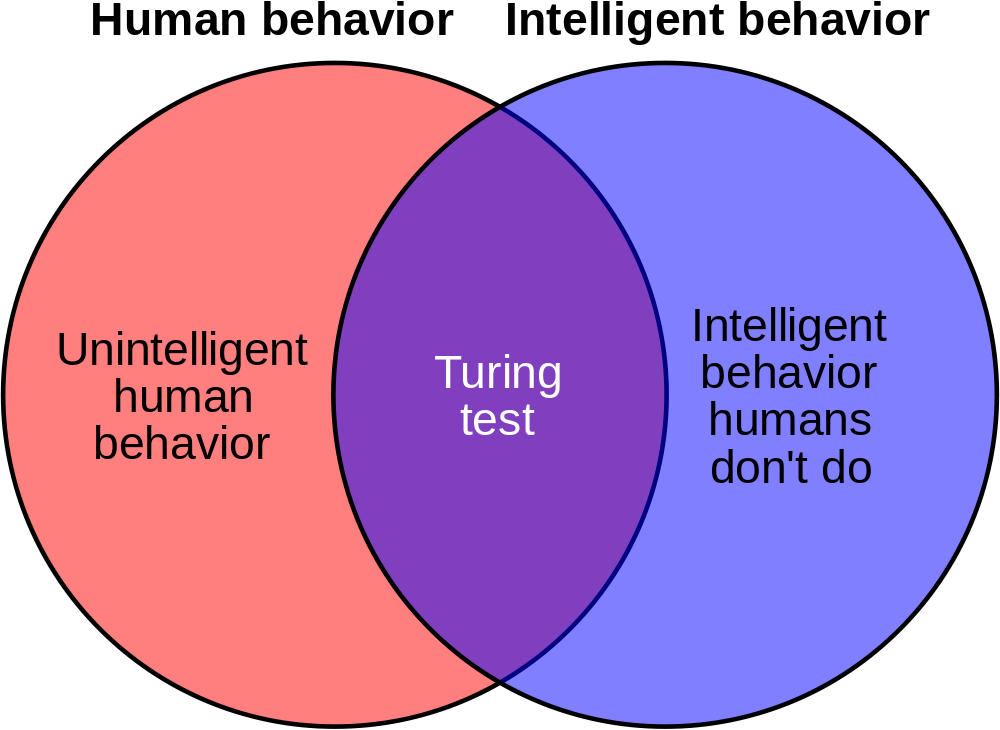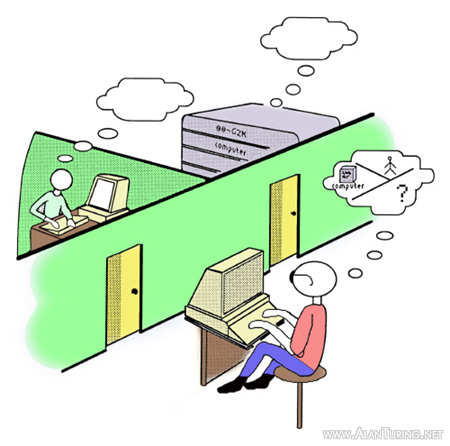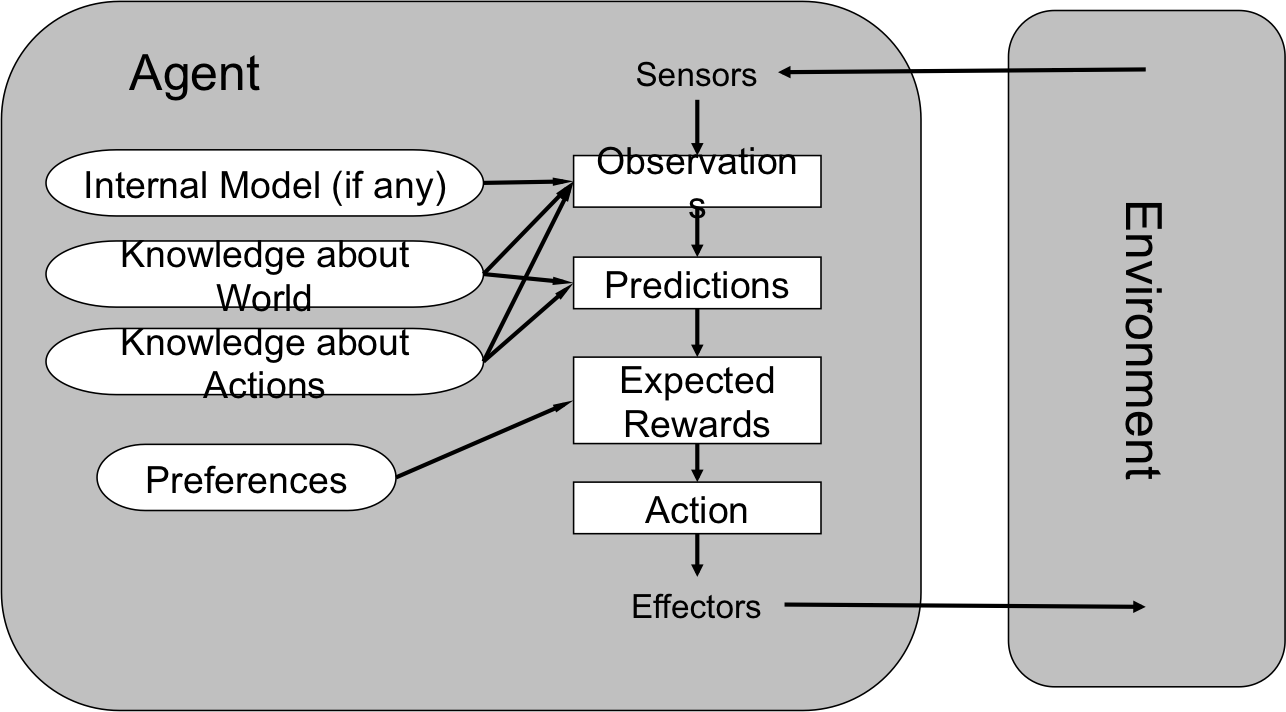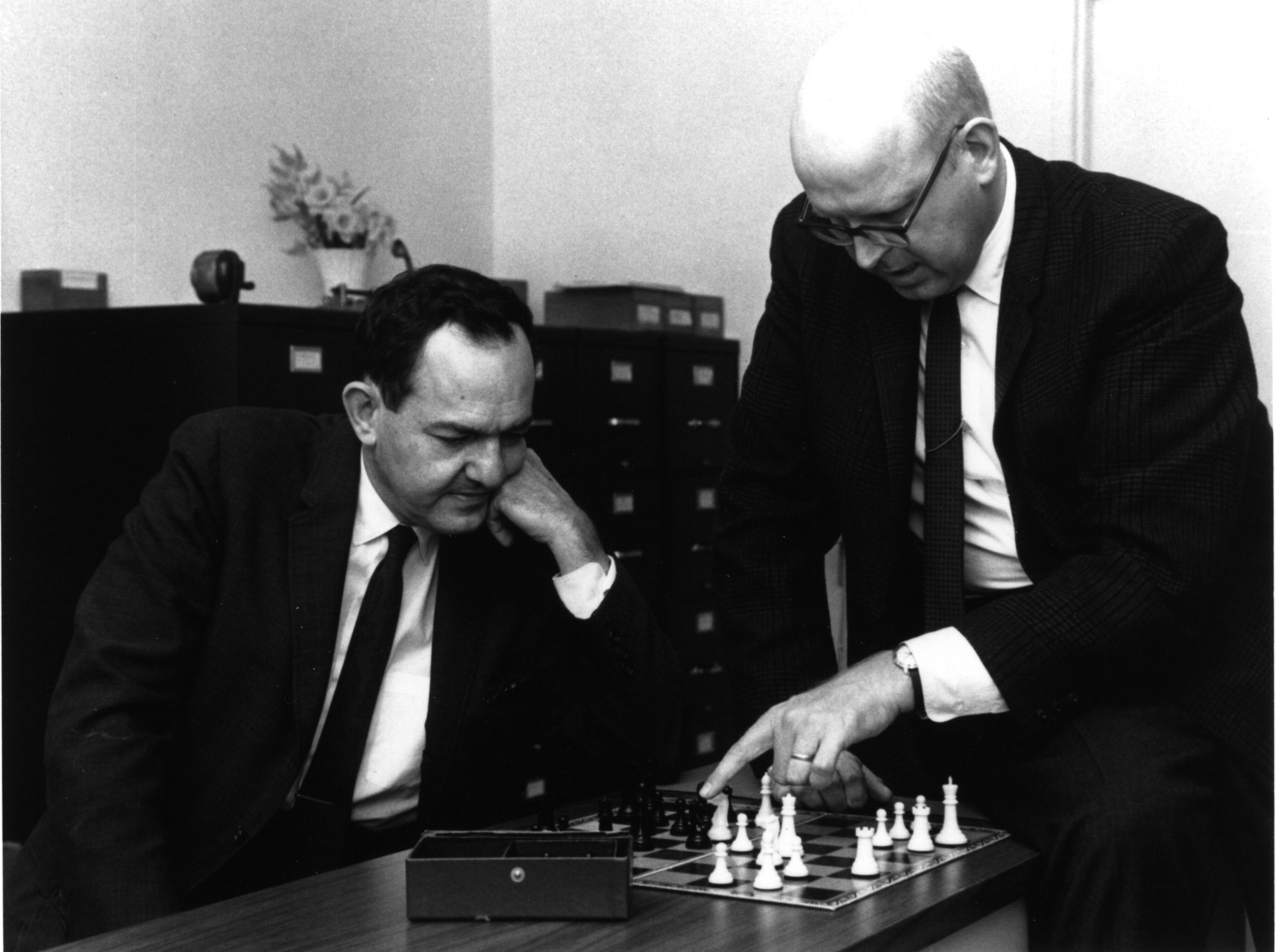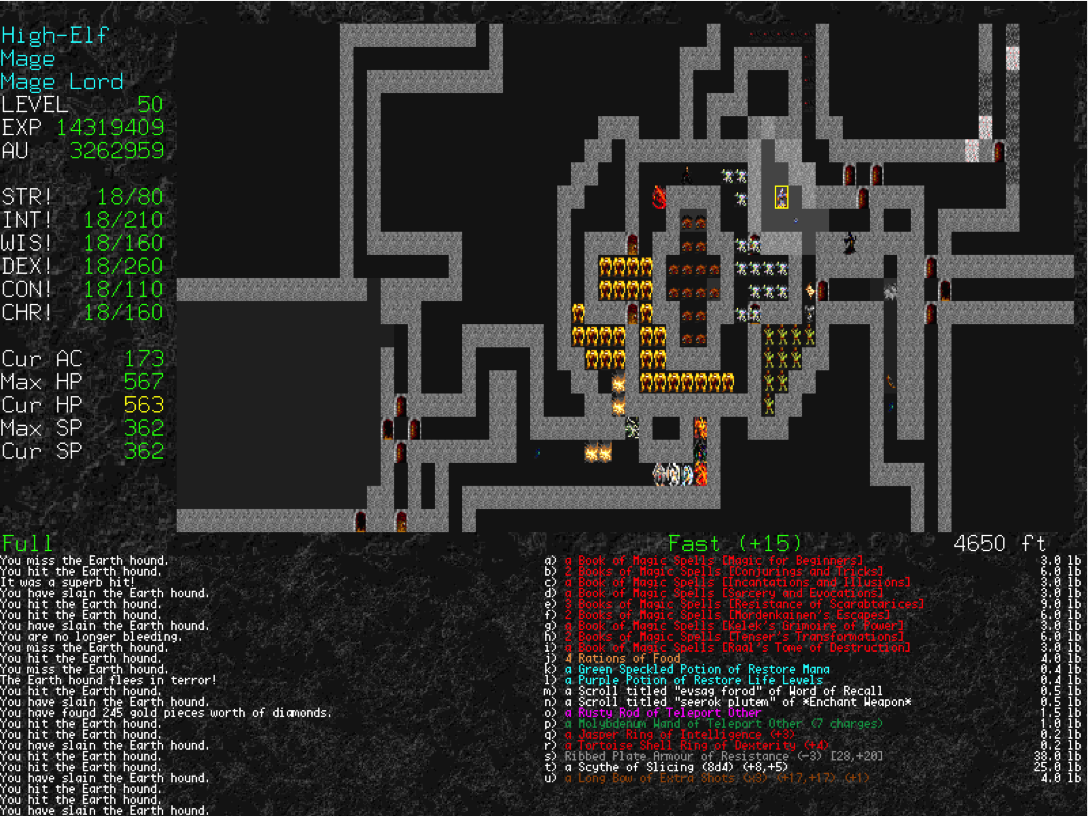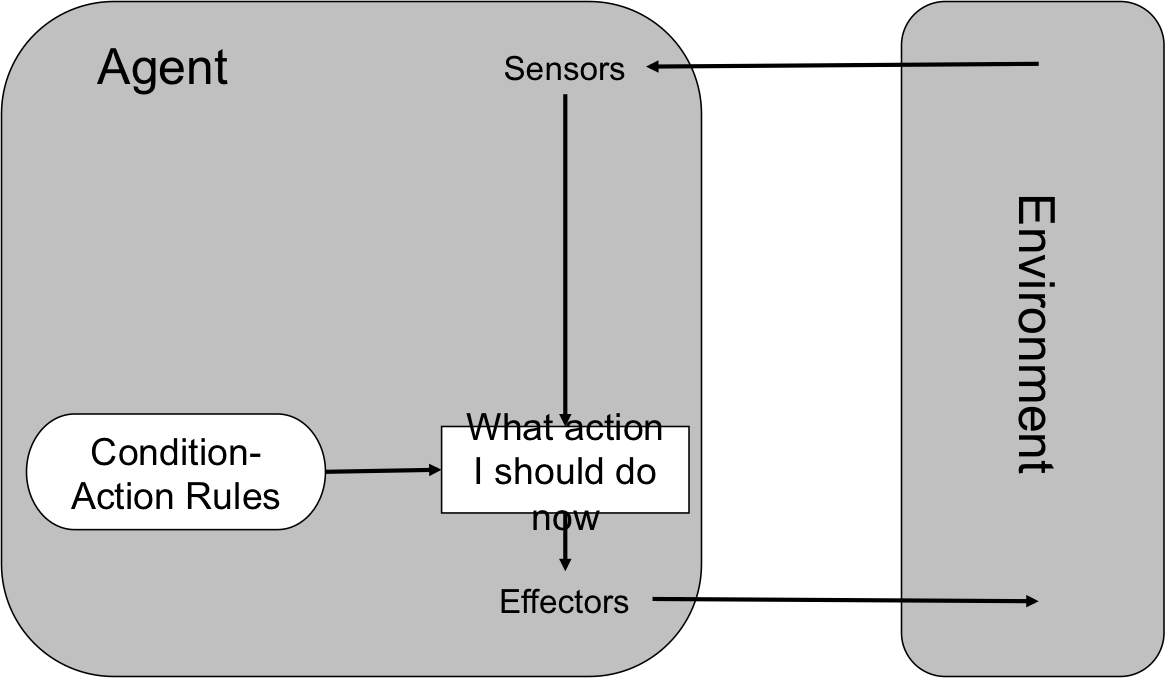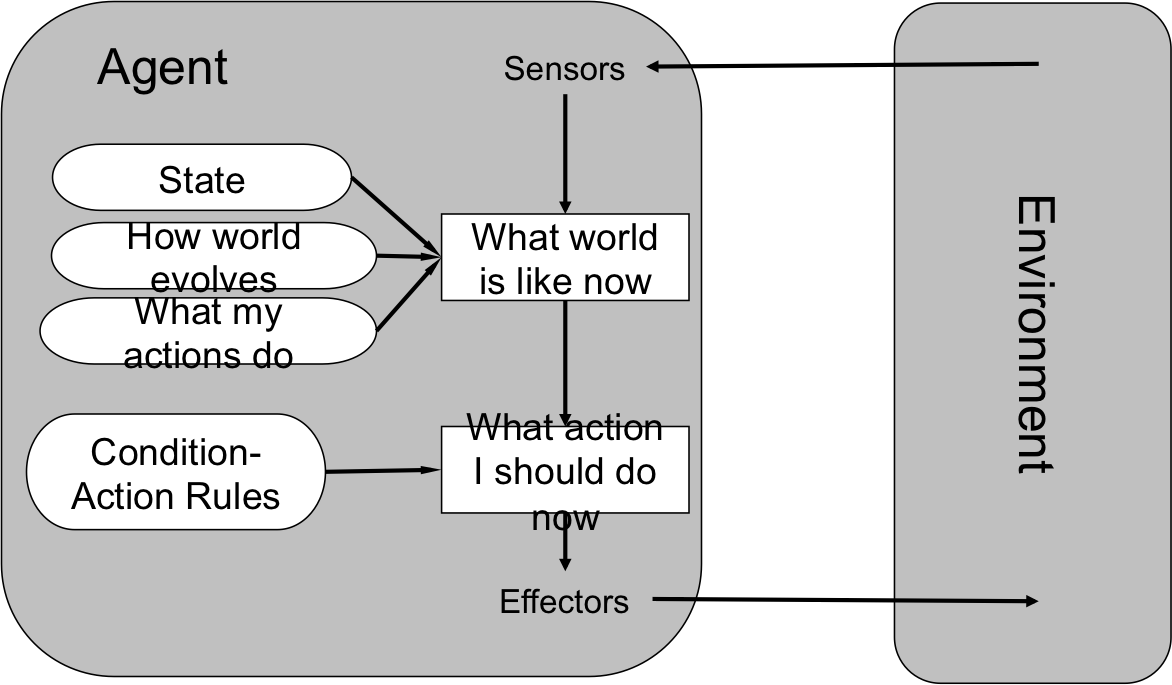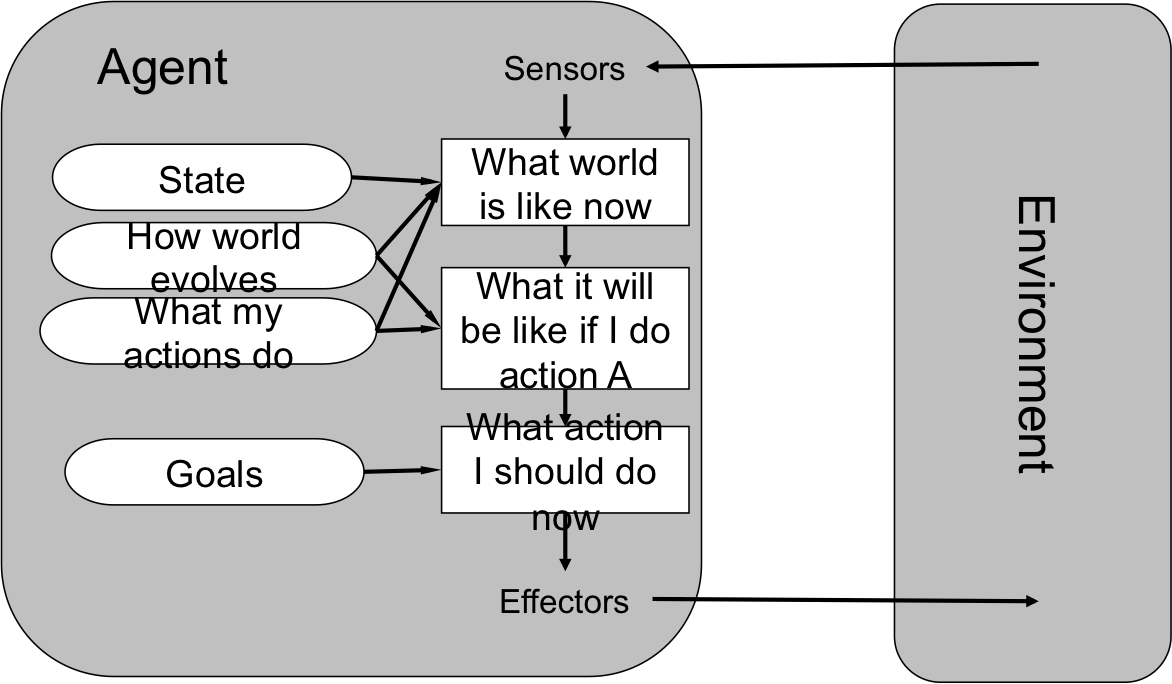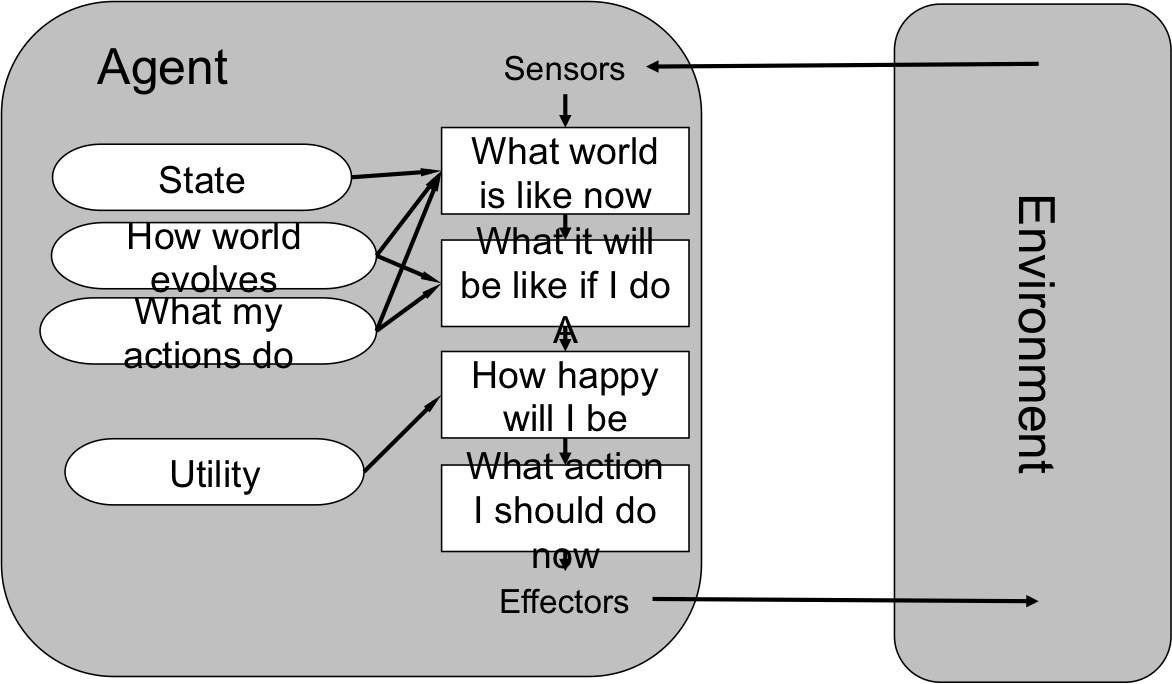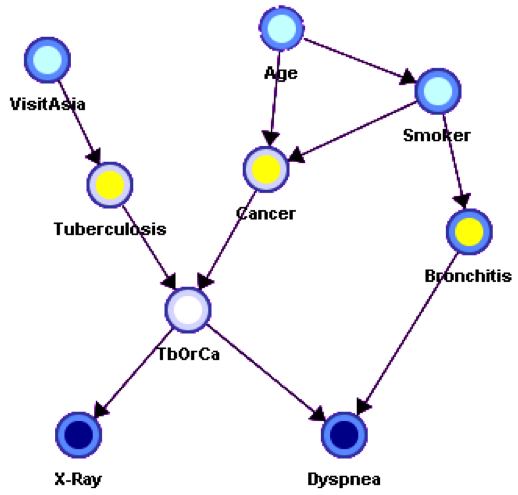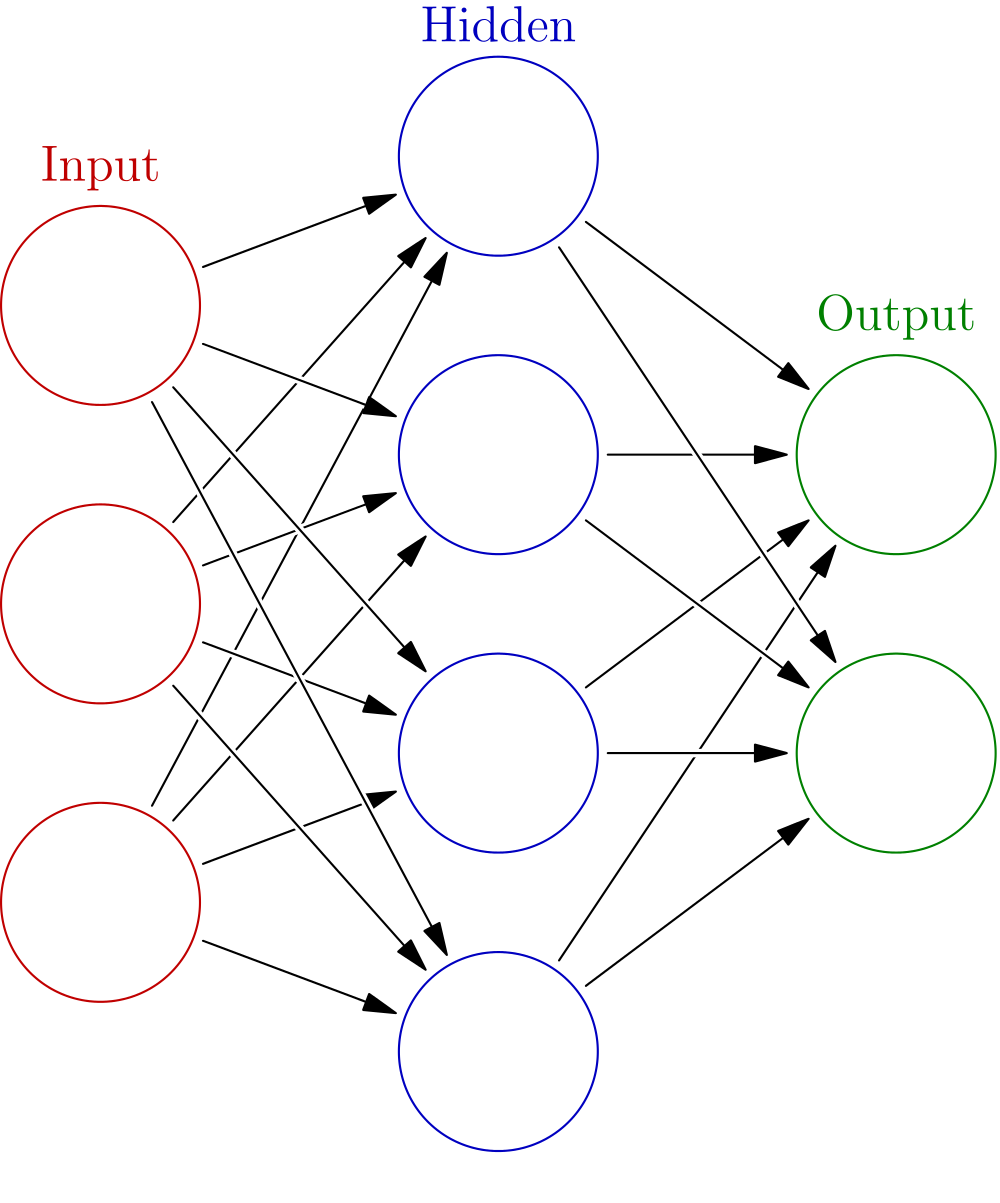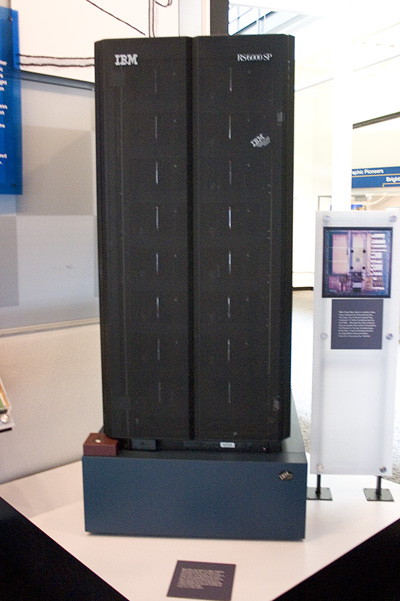CIS 115
Lecture 10: Artificial Intelligence
Dr. William Hsu
What is Artificial Intelligence?
What is Artificial Intelligence?
It is the science and engineering of making intelligent machines, especially intelligent computer programs. It is related to the similar task of using computers to understand human intelligence, but AI does not have to confine itself to methods that are biologically observable. - John McCarthy, 2007
Source: Stanford
Yes, but what is intelligence?
Intelligence is the computational part of the ability to achieve goals in the world. Varying kinds and degrees of intelligence occur in people, many animals and some machines. - John McCarthy, 2007
Source: Stanford
Isn't there a solid definition of intelligence that doesn't depend on relating it to human intelligence?
Not yet. The problem is that we cannot yet characterize in general what kinds of computational procedures we want to call intelligent. We understand some of the mechanisms of intelligence and not others. - John McCarthy, 2007
Source: Stanford
Alan Turing (1912 - 1954)
"I propose to consider the question, 'Can machines think?'" - Turing, 1950
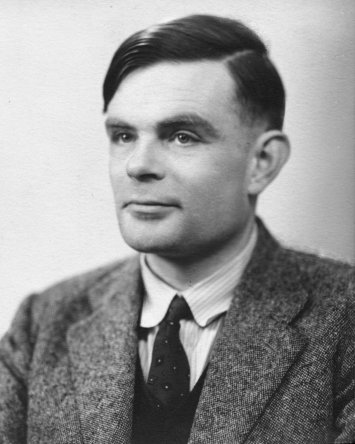
Image Source: Wikipedia
Strong AI vs. Weak AI
- Strong AI - matches human intelligence and is capable of performing any task
- Weak AI - only designed to perform a specific subset of intelligent actions
Intelligent Agents
- Agent: Definition
- Any entity that perceives its environment through sensors and acts upon that environment through effectors
- Examples (class discussion): human, robotic, software agents
Agents
- Perception: Signal from environment, may exceed sensory capacity
- Sensors: Acquires percepts, possible limitations
- Action: Attempts to affect environment, usually exceeds effector capacity
- Effectors: Transmits actions, possible limitations
How Agents Should Act
A rational agent:
- Does the right thing
- Given what it believes
- From what is perceives
Maximum Success Measure (Utility)
- What is the right thing
- How and When to evaluate success
How Agents Should Act
Questions raised about Beliefs, Uncertainty, Knowledge
- Representation
- Reasoning
- Learning
Studying Rational Behavior Helps Understand Decision-Making
Rational Agents
"Doing the Right Thing"
- Committing actions: limited effectors, in context of agent knowlege
- Meeting Specification: pre/post conditions
Rational Agents Capabilities
- Choice: select actions and carry them out
- Knowledge: represent knowledge about environment
- Perception: capability to sense environment
- Criterion: performance measure to define degree of success
Rational Agents Capabilities
Possible additional capabilities
- Memory: internal model of the state of the world
- Knowledge about effectors, reasoning process, reflexive reasoning
Measuring Performance
Criteria to determine Success
- Depends on Agents and Environments
- Can be measured subjectively (need an accurate answer) or objectively (outside observation)
When to Evaluate Success
- Depends on objective (short-term?)
- Episodic? Milestones? Reinforcements? (games)
Measuring Performance Example
Web Crawling Agent
- Precision: did you get only the pages you wanted?
- Recall: did you get all pages you wanted?
- Ratio: relevant hits vs. pages explored
- Caveat: "you get what you ask for"
What is Rational?
Criteria
- Determines what is rational at any given time
- Varies with agent, environment, situation
Performance Measure
- Specified by outside observer or evaluator
- Applied (consistently) to (one or more) IAs in a given environment
What is Rational?
Percept Knowledge
- Definition: entire history of percepts gathered by agent
- NB: agent may or may not have state (memory)
Agent Knowledge
- Of environment - "required"
- Of self (reflexive reasoning)
What is Rational?
Feasible Action
- What can be performed?
- What does the agent believe it can attempt?
Structure of Intelligent Agents
Agent Behavior
- Given: a sequence of percepts
- Return: IA's actions
- Simulator: description of results of actions
- Real-world system: committed action
Structure of Intelligent Agents
Agent Programs
- Functions that implement the program
- Assumed to run in a computing environment (architecture)
- Agent = architecture + program
Structure of Intelligent Agents
Applications
- Decision Making: data mining, analytics ("big data"), informatics
- Natural Language Processing (NLP): conversation, speech, text
- Vision
- Robotics and agents
Methods for Developing AI
- Knowledge Representation
- Search
- Expert Systems & Knowledge Bases
- Planning: classical, universal
- Probabilistic reasoning
- Machine learning: neural networks, evolutionary computing
- Applied AI: agents focus
- Special topics (NLP focus)
PEAS Framework
Performance Measure
- Specified by outside observer or evaluator
- Applied (consistently) to (one or more) IAs in given environment
Environment
- Reachable Status
- "Things that can happen"
- "Where the agent can go"
- To be distinguished from: observable states
PEAS Framework
Actuators
- What can be performed
- Limited by physical factors and self-knowledge
Sensors
- What can be observed
- Subject to error: measurement, sampling, postprocessing
Reasoning Under Uncertainty - Probability and Logic
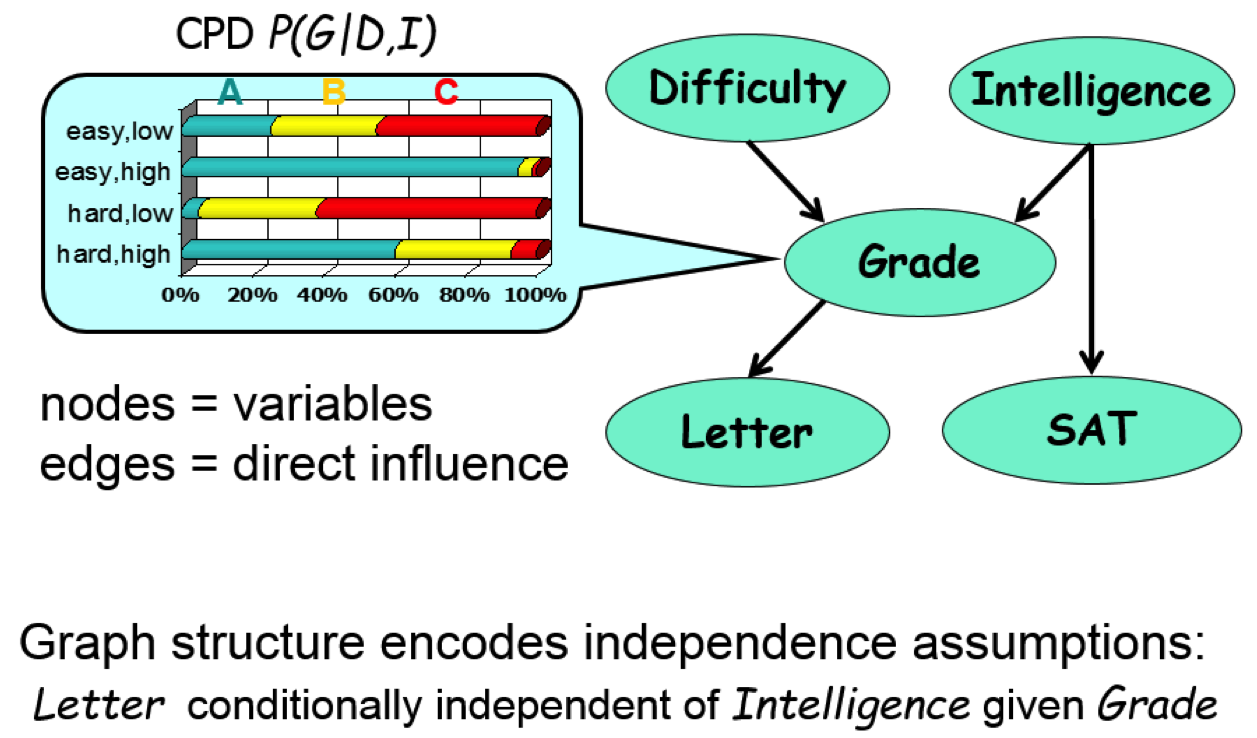
Terminology
- Rationality - Informal definition
- Examples: how to make decisions
- Ideal vs. Bounded
- Automated Reasoning and Behavior
- Regression-based problem solving
- Goals & Deliberation
- Intelligent Agent Frameworks
- Reactivity vs. State
- From goals to preferences (utilities)
Neural Network Activity
- Each person has 10 images
- Vote if that image is a CAT or DOG
- If you are correct, you get more votes next time
- If you are incorrect, you get less votes next time
- 100 photos of tanks behind trees
- 100 photos of just trees
- It worked for all pictures that were used to train the system
- It didn't work for another set of pictures
Why?
Artificial Intelligence Today
Other Uses
- Microsoft Kinect
- Apple Siri
- Wolfram Alpha
Almost Everywhere!
What we talked about
- Alan Turing & the Turing Test
- John Searle & the Chinese Room
- Newell & Simon's Logic Theorist
- Dartmouth Research Project
- Subtopics & Tools in AI
- Marvin Minsky & Neural Networks
- AI Today (breifly)
What we didn't talked about
- Philosophical Implications
- Ethical Implications
- Solvability - Is there something a human can do that can't be done by an AI?
- The Singularity
- What is "consciousness"?
Assignments
- Read and be prepared to discuss:
- Pattern on the Stone Chapter 8: Computers that Learn and Adapt
- Blog 4: Computer Systems in Daily Life - Due 9/29 10:00 PM
- Scratch Stoplight Project - Due 9/29 10:00 PM
Blog 4: Computer Systems in Daily Life
We interact with a variety of computer systems on a daily basis, but most of the time we don’t take the time to think about where they came from and how they work. Choose a computer system you see in your everyday life and write about it and its history. Tell us how it works and how it affects us in our daily life. A simple example would be the keycard entry systems at the K-State dorms and the engineering labs. Some questions to ask yourself while you are doing your research:
- Who created this system?
- What are the underlying technologies?
- Is this a very common system, or something unique to a particular field or use?
- How long has this system been around?
- How difficult would life be without this system?
- Are there any privacy, security or safety concerns with this system? Are there any concerns if this system didn’t exist?
Scratch Stoplight
- Download starter file from K-State Canvas
- Implement logic for a stoplight controller
- Test the program running it for a while
- Submit via K-State Canvas
- Due: September 29th 10:00 PM
Stoplight FSM
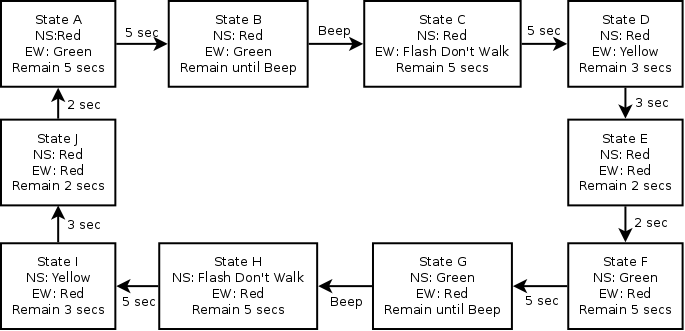
Stoplight Project
